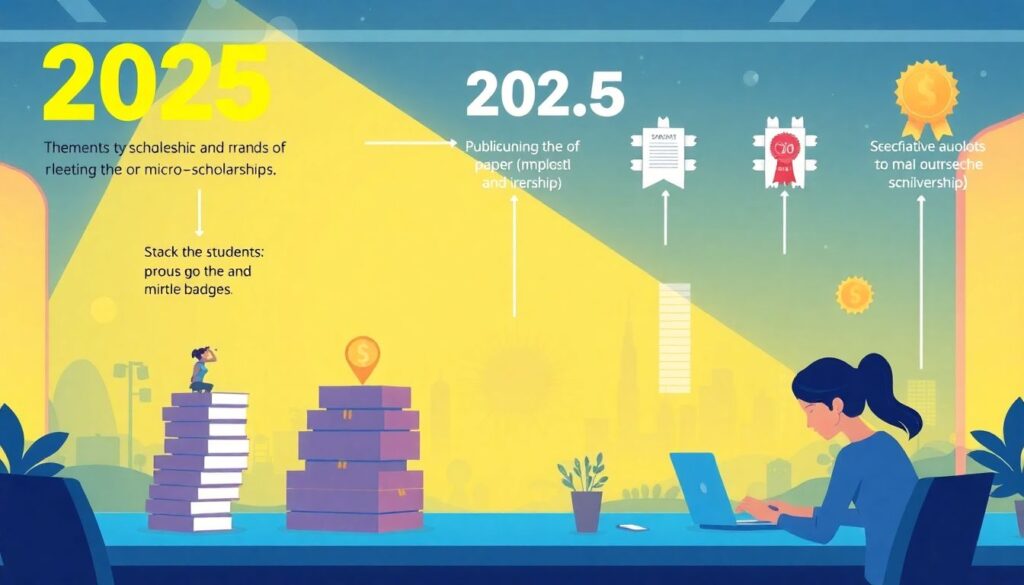Understanding Scholarships as an Educational Financing Tool

In 2025, scholarships remain a cornerstone of educational funding, offering a critical pathway for students to access higher education without incurring debilitating debt. Unlike loans, scholarships do not require repayment, making them a preferred option for students worldwide. They can be merit-based, need-based, or awarded for specific talents or demographic factors. As tuition fees continue to rise globally, the demand for scholarships has surged, prompting governments, private organizations, and universities to expand their programs. However, the process of finding and securing these awards remains complex and competitive, requiring strategic planning and early engagement.
Comparing Different Scholarship Approaches
Scholarship models vary widely depending on the funding source and selection criteria. Government scholarships, such as the U.S. Pell Grant or Germany’s DAAD, often prioritize financial need and academic performance. Institutional scholarships, offered by universities, can be more flexible, sometimes targeting specific majors or extracurricular achievements. Private scholarships, funded by corporations or foundations, frequently align with specific career paths or social causes. While government and institutional scholarships tend to offer larger sums, private scholarships may be more accessible due to less stringent eligibility. Each approach offers distinct advantages, and understanding their differences is essential for maximizing opportunities.
Technological Tools: Benefits and Drawbacks
The digitization of the scholarship search and application process has transformed how students access funding. Platforms like Fastweb, Scholarships.com, and AI-powered tools personalize recommendations based on academic profiles and career interests. These technologies save time and broaden access, especially for students in remote or underserved areas. However, they also introduce challenges. Algorithms may unintentionally filter out viable opportunities, and reliance on digital platforms can disadvantage those with limited internet access or digital literacy. Moreover, the rise of application automation has increased competition, as more students can apply to more scholarships with minimal effort.
How to Choose the Right Scholarship
Selecting the right scholarship involves more than matching eligibility criteria. Applicants should consider the following factors:
1. Alignment with personal goals – Choose scholarships that support your desired field or career path.
2. Reputation of the provider – Trustworthy organizations are less likely to impose hidden terms or obligations.
3. Award amount and duration – Larger, multi-year scholarships offer better financial security.
4. Application complexity – Balance effort with potential reward; some smaller awards may have fewer applicants.
5. Renewability – Scholarships that require annual reapplication may demand continued academic performance or volunteer work.
A strategic mix of high-value and niche scholarships often yields the best results. Creating a scholarship calendar to manage deadlines and requirements can significantly improve success rates.
Trends and Forecast for 2025 and Beyond

By 2025, several key trends are reshaping the scholarship landscape. There is a noticeable shift toward micro-scholarships—smaller, incremental awards granted for specific achievements, such as publishing a paper or completing an internship. These are often stackable and provide continuous motivation. Additionally, diversity and inclusion scholarships are expanding, addressing historic disparities in access to education for underrepresented groups.
Another emerging trend is the integration of blockchain for secure credential verification, ensuring transparency in award disbursement and usage. AI-driven matchmaking is also maturing, offering real-time updates on new scholarships tailored to individual profiles. Looking ahead, experts predict a rise in competency-based scholarships, which focus on demonstrated skills rather than traditional academic metrics.
In conclusion, scholarships remain a dynamic and evolving tool for educational financing. With rising tuition costs and increasing demand, both students and institutions must adapt to new technologies and models. A proactive, informed approach can unlock life-changing opportunities and reduce financial barriers to higher education.

